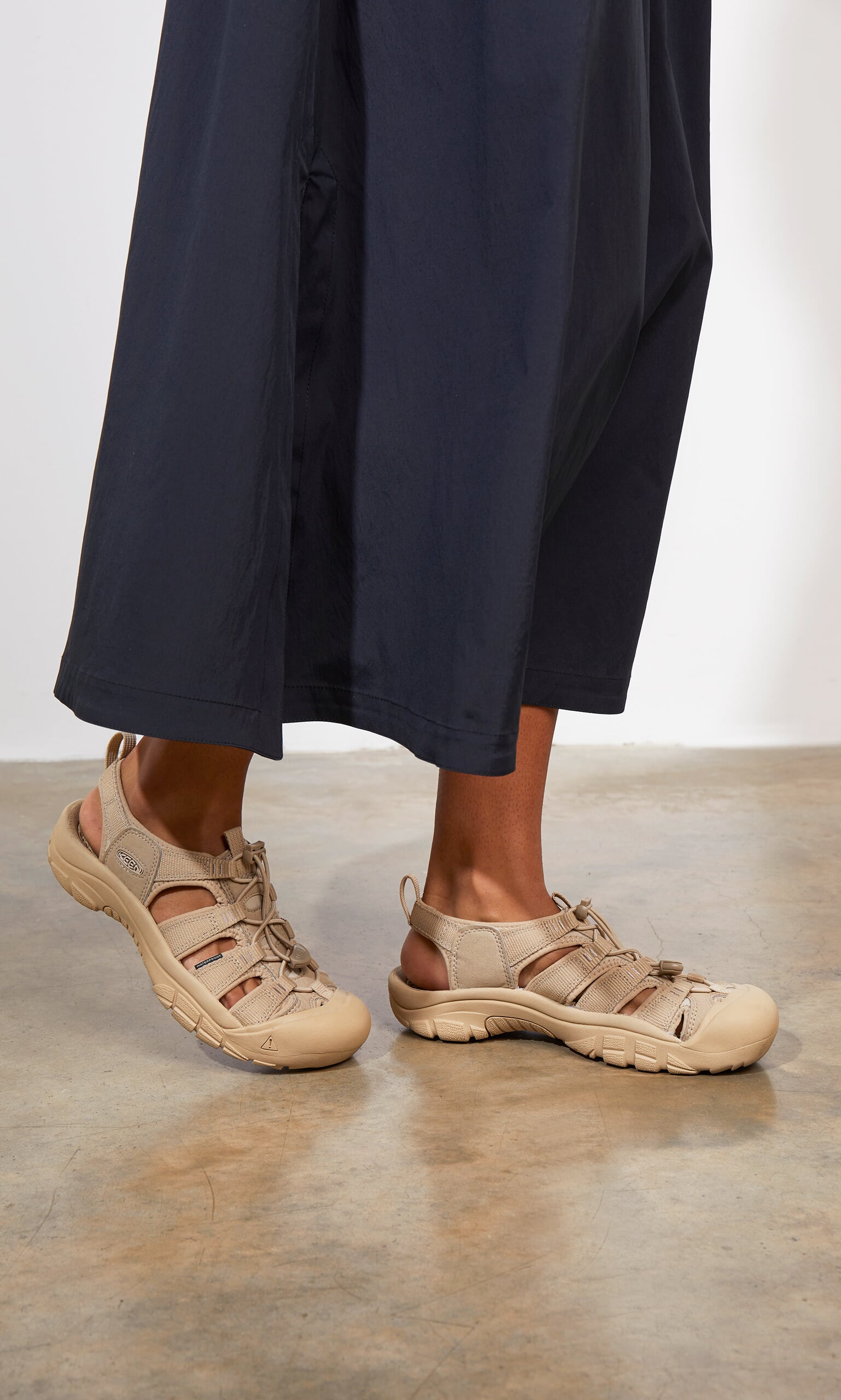5 Tips Leather Care Boots

Leather care is an essential aspect of maintaining the quality and longevity of your boots. Whether you’re an avid outdoorsperson or simply someone who appreciates the durability and style of leather footwear, proper care can make a significant difference in how your boots look and perform over time. Here are five tips on how to care for your leather boots, ensuring they remain in excellent condition for years to come.
1. Cleaning: The First Line of Defense
Before applying any conditioners or protectants, it’s crucial to clean your boots thoroughly. The method of cleaning depends on the type of leather your boots are made of. For most types of leather, a soft-bristled brush can be used to remove dirt and debris from the surface. For more stubborn dirt, a damp cloth can be used, but be cautious not to soak the leather. For suede or nubuck leather, a suede brush or a specialized cleaning product designed for these types of leather is recommended. Avoid using harsh chemicals or too much water, as these can damage the leather.
2. Conditioning: Keeping Leather Soft and Supple
After cleaning, conditioning is the next step in leather care. Conditioning helps to moisturize the leather, keeping it soft and supple. The type of conditioner to use depends on the leather type. For example, lanolin-based conditioners are great for full-grain leathers, while mink oil can be used for tougher leathers. Apply the conditioner evenly with a clean cloth, making sure not to over-saturate the leather. Let it absorb fully before buffing with a soft cloth to remove any excess and even out the finish.
3. Protection: Shielding Against the Elements
Applying a protectant is a critical step in preventing water and stains from penetrating the leather. There are various types of protectants available, including wax, silicone, and oil-based products. Wax-based protectants, like beeswax or Sno-Seal, are great for full-grain leathers as they provide a strong barrier against water while still allowing the leather to breathe. For suede or nubuck, a waterproofing spray specifically designed for these leathers should be used. Always test a small, inconspicuous area first to ensure the protectant doesn’t discolor the leather.
4. Storage and Maintenance: The Ongoing Care
How you store your boots when not in use can significantly impact their condition. It’s recommended to store them in a cool, dry place away from direct sunlight. Stuffing the boots with newspaper or using shoe trees can help maintain their shape. Regularly inspect your boots for signs of wear or damage and address these issues promptly. For boots with removable insoles, taking them out and letting them air dry can help prevent moisture buildup.
5. Professional Help: When to Seek Expert Advice
While many aspects of leather care can be managed through DIY methods, there are times when seeking professional help is the best course of action. If your boots suffer from severe damage, such as deep cracks, tears, or significant water damage, a professional cobbler or leather restorer may be able to repair or restore them. These professionals have the skills and equipment to handle complex repairs and can provide guidance on the best care practices for your specific type of leather.
Conclusion
Caring for your leather boots is a straightforward process that, when done regularly, can significantly extend their lifespan. By following these simple yet effective tips, you can ensure your boots remain in great condition, providing you with years of comfort and service. Remember, the key to good leather care is consistency and using the right products for your leather type. With a little dedication, your leather boots can become a trusted companion for many adventures to come.
How often should I condition my leather boots?
+The frequency of conditioning your leather boots depends on how often you wear them and the conditions they are exposed to. As a general rule, conditioning every 2-3 months for frequently worn boots and every 6 months for less worn boots is a good starting point.
Can I use household items to clean and condition my leather boots?
+While it might be tempting to use household items like olive oil or vinegar to clean and condition your leather boots, it’s generally not recommended. These products can damage certain types of leather or leave residues that attract dirt. It’s best to use products specifically designed for leather care.
How do I prevent my leather boots from cracking?
+Preventing cracks in leather boots involves regular conditioning to keep the leather moisturized and supple. Additionally, protecting the boots from extreme temperatures and dry conditions can help. Regularly applying a leather conditioner and avoiding exposure to harsh chemicals can also contribute to preventing cracks.


